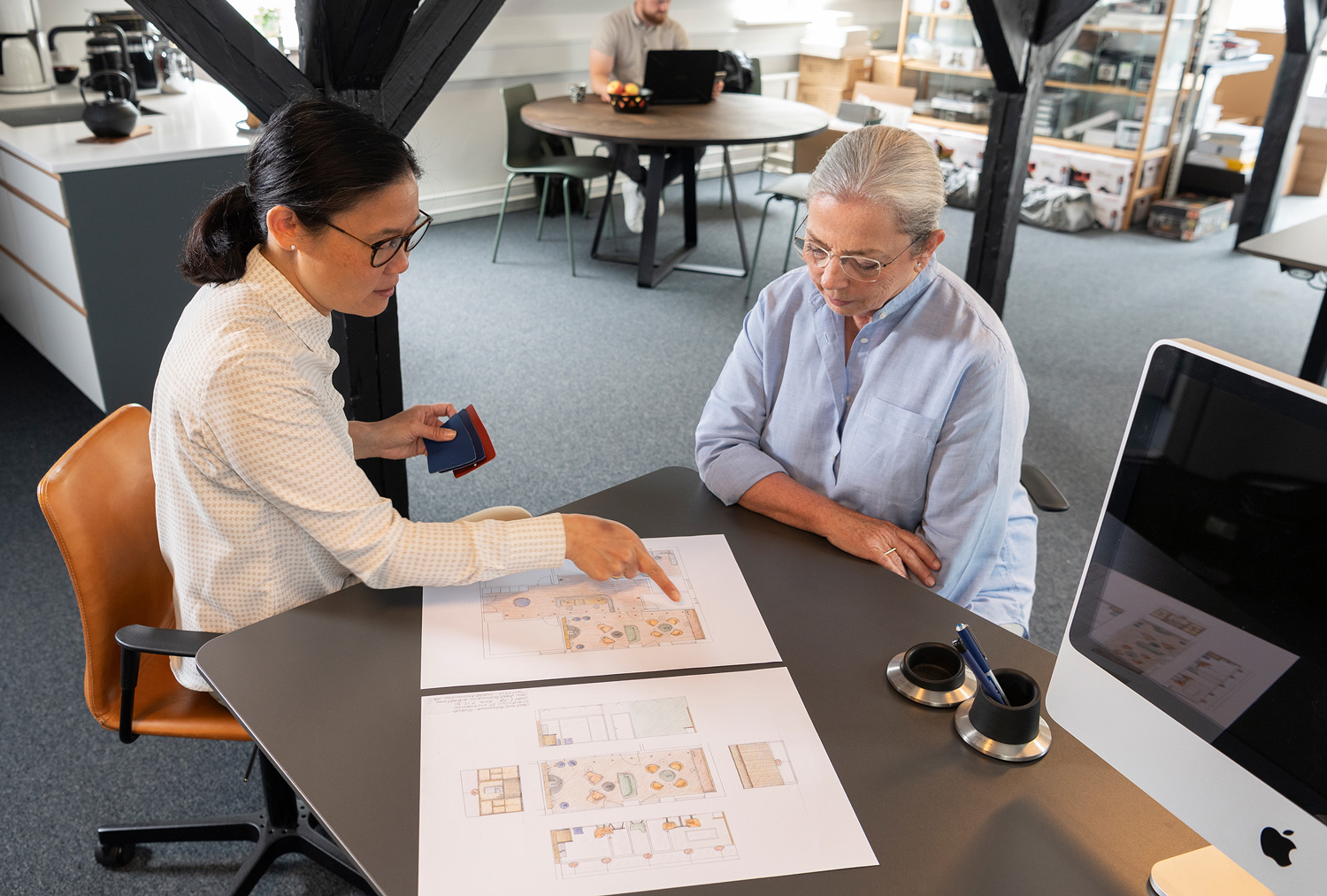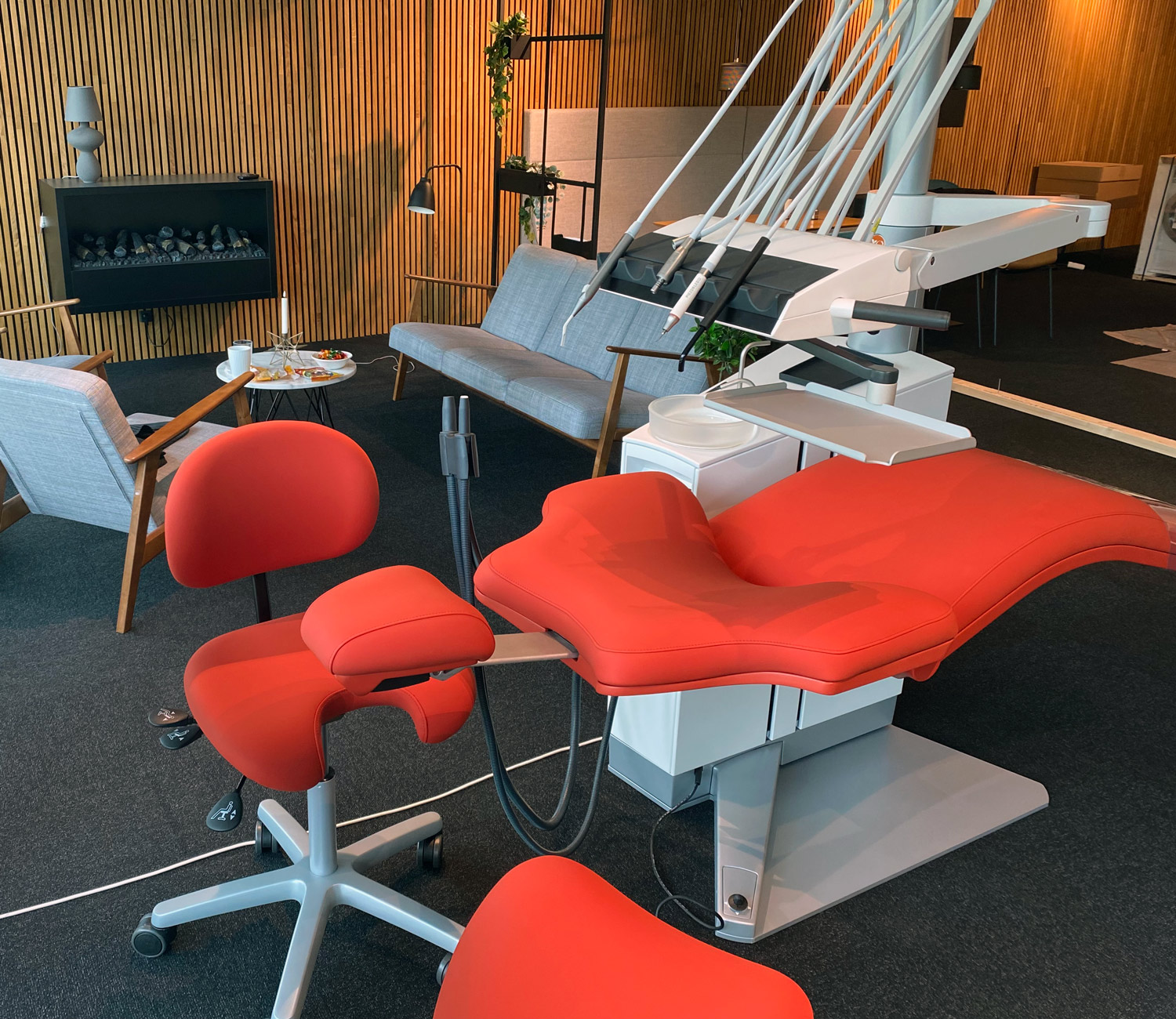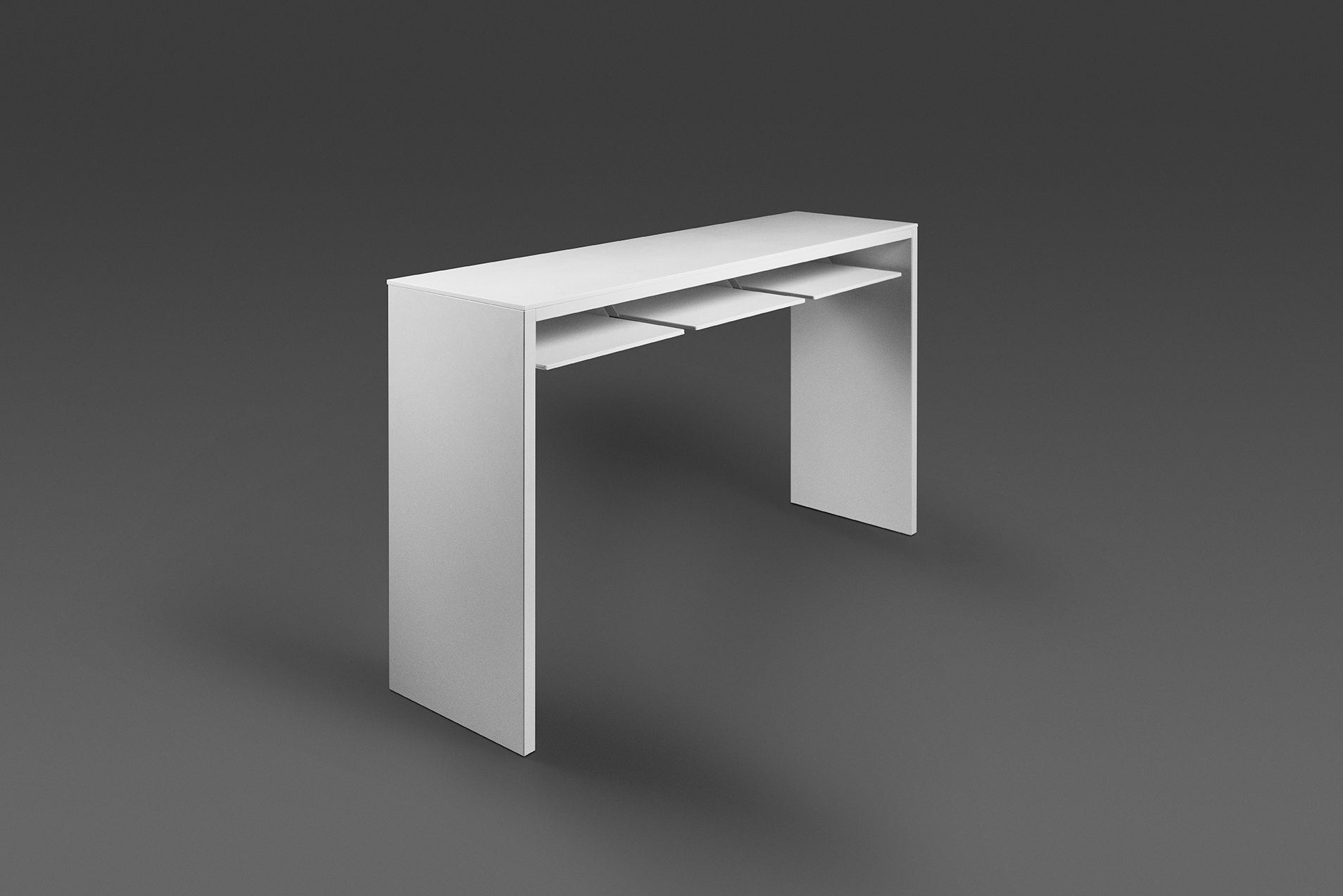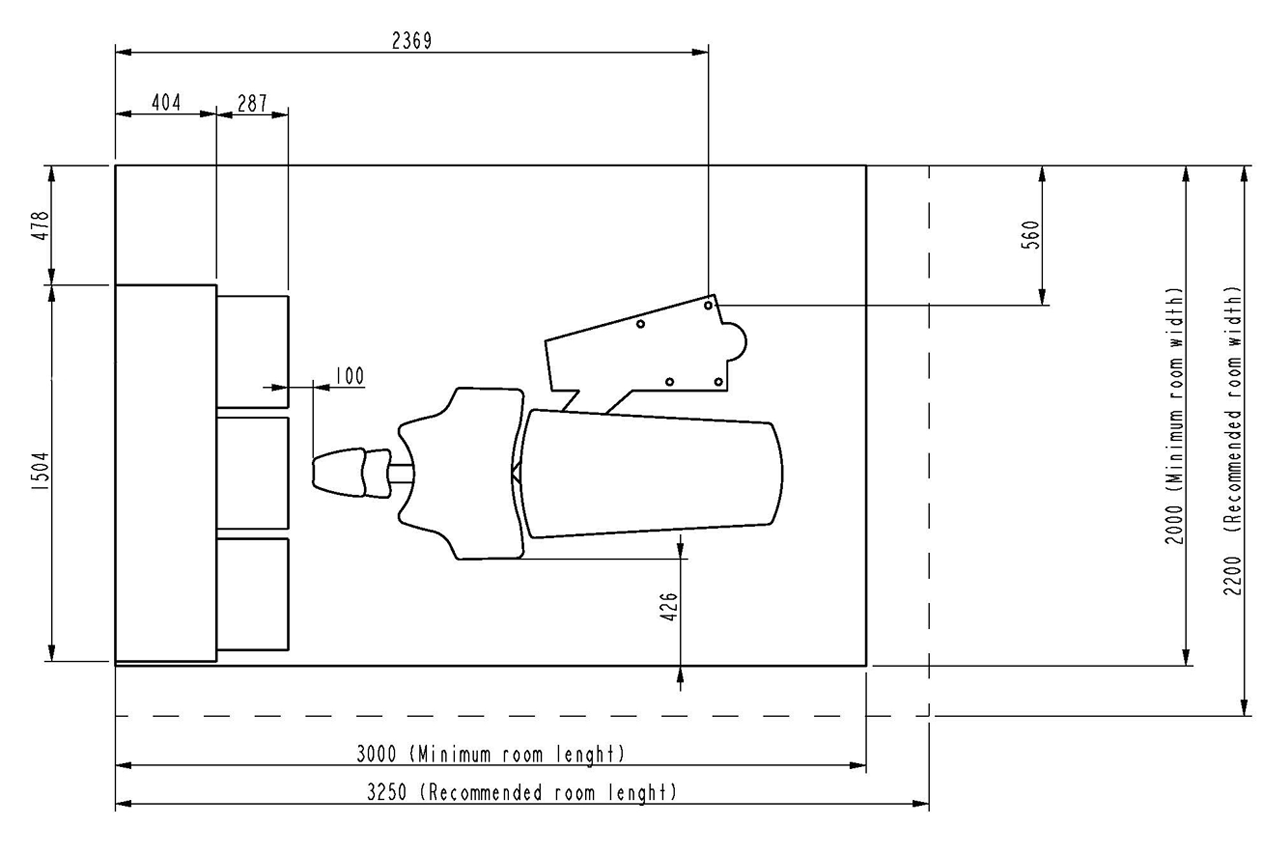How to improve clinic design
We’ve asked Mia what’s the fastest and easiest way to improve the interior of an existing clinic. In answering, Mia urge clinic owners to look at cost-efficiency. “One of the most common dental equipment elements that need to be upgraded is the sterilization. Often it doesn’t work satisfactorily or doesn’t meet the strict hygiene standards.”
“As for clinic design, I see a shift towards using more colors – and luckily there is also an increased awareness about ergonomics.”
In closing, Mia shares three pieces of advice for clinic owners who are considering redesigning their existing practice:
1. Get in touch with a dental clinic design advisor before you start off
2. Determine what kind of clinic you want and need
3. Discuss your decisions regarding financing, technology, refurbishment, HR, etc. with a trusted peer or advisor





